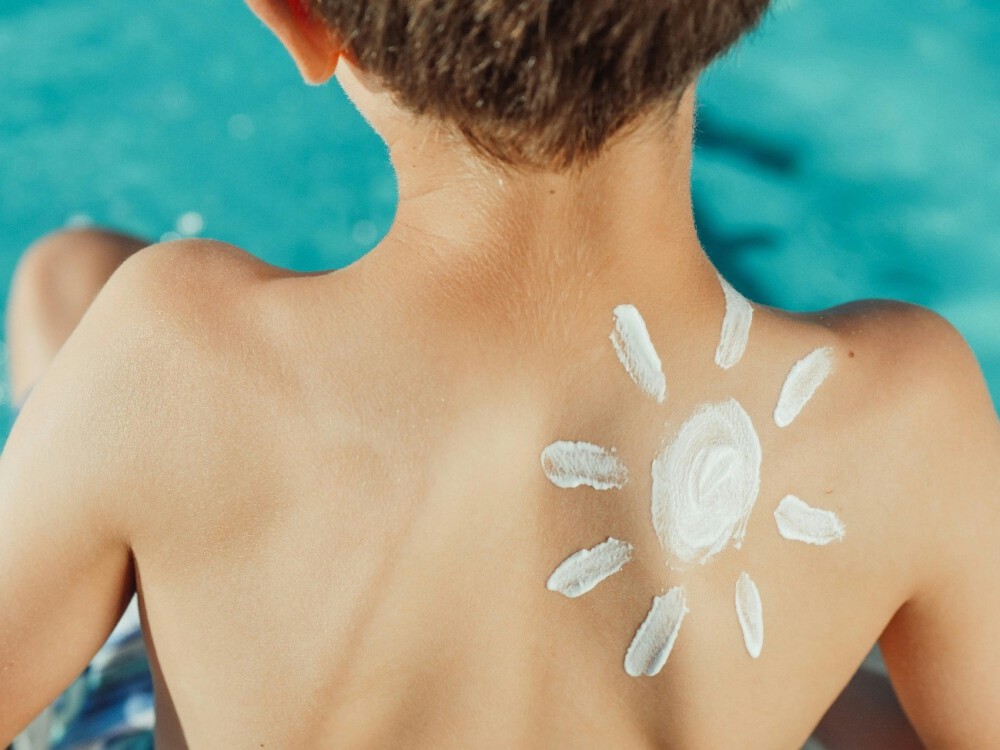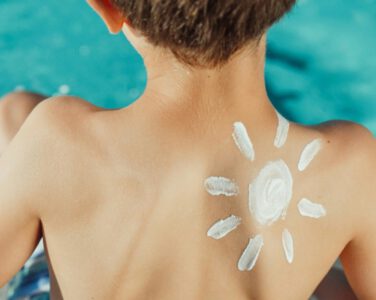In Europe, unlike in other countries (i.e. United States), sunscreen products are considered cosmetic products. However, these products require certain efficacy tests in order to be sold in accordance with the European Regulation. In this article we shall see the minimum efficacy the sunscreen products should provide, as well as the testing methods used to assess such efficacy. The recommended claims on the labelling of sunscreen products will be discussed too.
BACKGROUND: Sunscreen Products in Focus
The Commission Recommendation of 22 September 2006 on the efficacy of sunscreen products and the claims made relating thereto describes the minimum efficacy tests required in order to guarantee that sunscreen products are effective.
Sun radiation consists inter alia of (shorter) ultraviolet B radiation (UVB radiation) and of (longer) ultraviolet A radiation (UVA radiation). The inflammation of the skin (sun burn) and the resulting reddening of the skin (erythema) is mainly caused by UVB radiation. As to the cancer risk, although UVB radiation is the main contributor, the risk generated through UVA radiation cannot be neglected. Furthermore, UVA radiation is cause of premature ageing of the skin. Research also suggests that excessive exposure to UVB radiation as well as UVA radiation impacts on the body’s immune system.
Sunscreen products can be effective in preventing sunburn. Scientific findings also suggest that sunscreen products can prevent the damage linked to photo-ageing and that they can protect against induced photoimmunosuppression. Epidemiological studies show that the use of sunscreen products may prevent some types of skin carcinoma.
In order to have these preventive characteristics, sunscreen products need to protect against both UVB and UVA radiation. Therefore, although the sun protection factor refers only to protection against the radiation which causes erythema (mainly UVB radiation), sunscreen products should contain both UVB and UVA protection.
MINIMUM EFFICACY
Sunscreen products should provide for a minimum degree of protection against UVB and UVA radiation. The degree of protection should be measured using standardised, reproducible testing methods and take photo-degradation into account.
The minimum degree of protection provided by sunscreen products should be as follows:
- A UVB protection of sun protection factor 6 (SPF 6).
- A UVA protection of UVA protection factor of 1/3 of the sun protection factor (SPF).
- A critical wavelength of 370 nm.
EFFICACY TESTS: Testing the Efficacy of Sunscreen Products
The reproducible testing methods to assess the minimum efficacy above describes, are the following:
- Determination of the Sun Protection Factor (SPF): International sun protection factor test method (ISO 24444).
- Determination of UVA protection: persistent pigment darkening method (ISO 24443)
- Determination of critical wavelength: critical wavelength testing method (ISO 24443)
CLAIMS OF SUNSCREEN PRODUCTS
According to the Recommendations of the European Commission, claims indicating the efficacy of sunscreen products should be simple, unambiguous and meaningful and based on standardised, reproducible criteria.
No claim should be made that implies the following characteristics:
- 100% protection from UV radiation (such as “sunblock” or “total protection”)
- No need to re-apply the product under any circumstances (such as “all day prevention”).
Sunscreen products should display warnings indicating that they do not provide 100% protection and advice on precautions to be observed in addition to their use. This may include warnings such as:
- Do not stay too long in the sun, even while using a sunscreen product.
- Keep babies and young children out of direct sunlight.
- Over-exposure to the sun is a serious health threat.
Sunscreen products should carry instructions for use that will ensure that the claim made for the effectiveness of the product can be achieved. This may include instructions such as:
- Apply the sunscreen product before exposure.
- Re-apply frequently to maintain protection, especially after perspiring, swimming or towelling.
Sunscreen products should carry instructions for use to ensure that a sufficient quantity is applied on the skin to achieve the effectiveness claimed for the product. This may be done, for example, by indicating the quantity required through a pictogram, an illustration or a measurement device. Furthermore, sunscreen products should carry an explanation of the risks involved in applying a reduced quantity of product.
Discover the 4 key steps to register a cosmetic product sucessfully in our ebook. Download it for free here!


